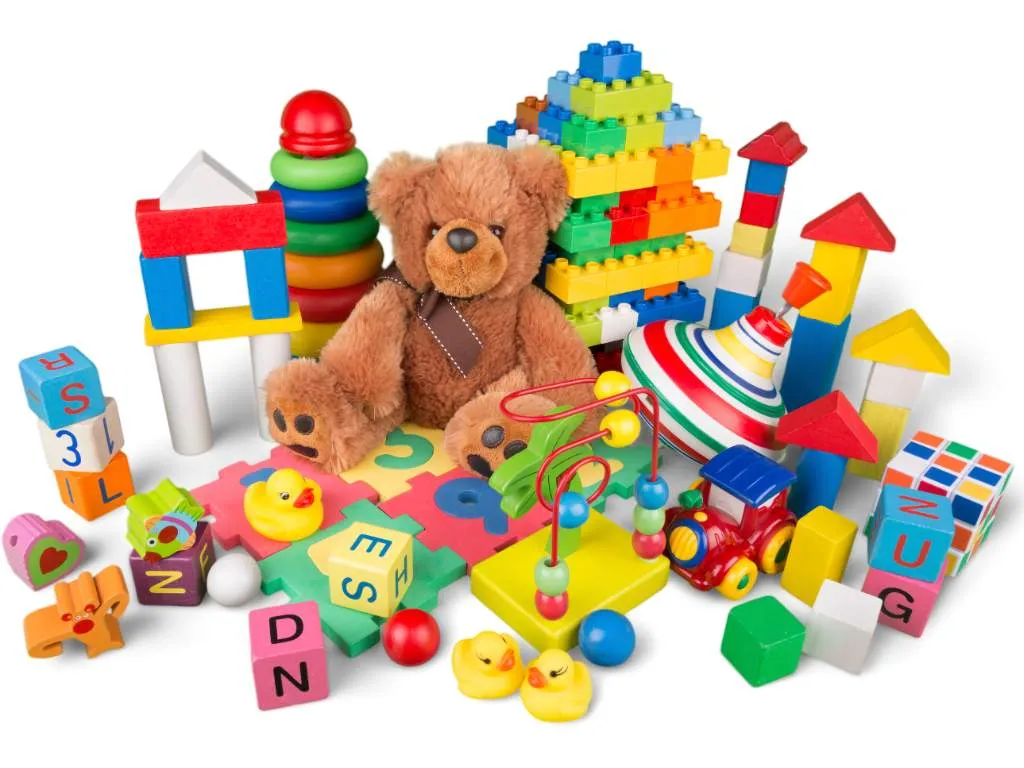- Home
- News Details
News Details

New EU Toy Safety Regulation to Tighten Chemical Limits and Enable PFAS Restrictions
2025-04-28 Reference source : European Commission
Digital Product Passport DPP EU Toy Safety Regulation Toy Safety Directive 2009/48/EC Endocrine Disruptors in Toys EU Chemical Restrictions PFAS in Toys
On 11 April 2025, the European Commission welcomed the provisional political agreement reached between the European Parliament and the Council on the new Regulation on the Safety of Toys. The new Regulation aims to strengthen protections for children's health while ensuring the proper functioning of the Single Market. It will replace the current Toy Safety Directive 2009/48/EC.
Key Features of the Agreed Toy Safety Regulation
-
Stricter Limits on Hazardous Chemicals:
The new rules will extend existing bans to include additional harmful substances in toys, such as endocrine disruptors and reprotoxic chemicals. This goes beyond the current protections against carcinogenic and mutagenic substances. The Regulation also enables the Commission to impose future restrictions on groups of substances, such as per- and polyfluoroalkyl substances (PFAS), through implementing acts based on scientific assessments.
-
Introduction of a Digital Product Passport:
All toys sold in the EU will be required to carry a Digital Product Passport (DPP), accessible via a QR code, containing detailed safety and compliance information for authorities and consumers.
-
Enhanced Control of Online Sales:
Online marketplaces will be required to verify that toys offered on their platforms meet EU safety requirements, thereby addressing safety risks associated with e-commerce.
-
Clearer Duties for Economic Operators:
Manufacturers, importers, and distributors will have strengthened obligations to ensure that only compliant toys are placed on the market, thereby improving traceability and enforcement.
Transition Periods
Once the Regulation is formally adopted by the European Parliament and the Council, it will enter into force 20 days after its publication in the Official Journal of the European Union. Most of its obligations will begin to apply 30 months after the entry into force. However, the requirements related to the Digital Product Passport will apply 48 months after entry into force.
Next Steps
The provisional agreement must now be formally approved by both the European Parliament and the Council. Once adopted, the new Regulation will replace Directive 2009/48/EC on the Safety of Toys, updating EU toy safety rules to address emerging risks, including chemical hazards such as PFAS, and ensuring higher standards across the Single Market.
We acknowledge that the above information has been compiled from European Commission.
Global Product Compliance (GPC) specializes in Global Regulatory Compliance Solutions across sectors
globally. SSS Europe, a familiar name in chemical regulatory and compliance services now formally belongs
under the umbrella of GPC Holding Sweden.
Since 2008, we have emerged as one of the leading names among Global Regulatory Compliance Service
Providers with Representation services in Europe, Asia and Middle East for respective chemical
regulations.

 Twitter
Twitter
